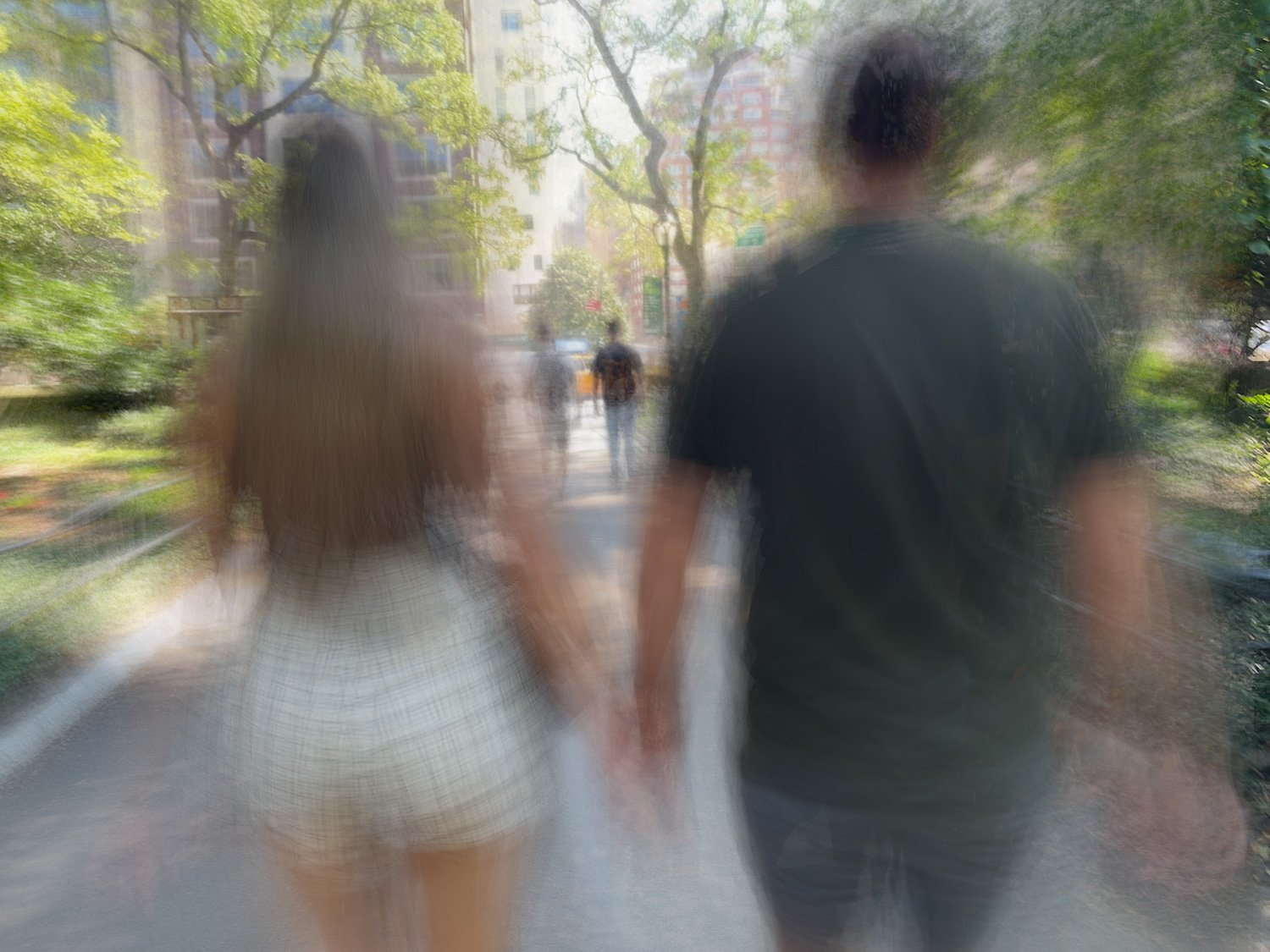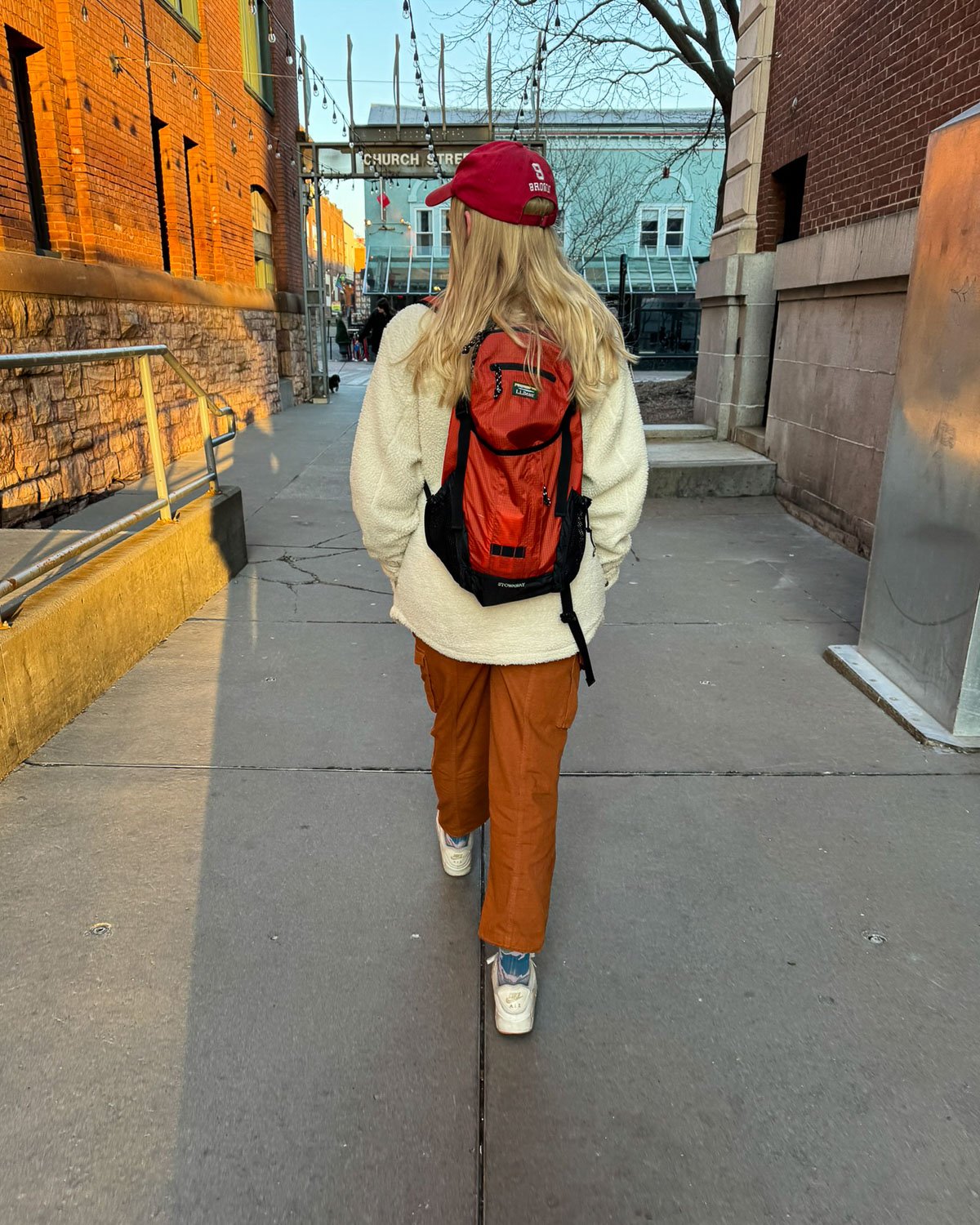
A comparative study of long exposure mobile applications
While primarily focused on iPhone photography and the followICM technique, this comparison offers insights applicable to any photographer using a mobile device for long exposure shots.
Numerous long exposure applications are available for such devices, but how do the results compare - not only between the applications themselves but also to those captured on a DSLR?
Objectives
Earlier experiments developing the 'followICM' technique focused on the use of a single mobile application. This was largely needed as initial results needed to be evaluated and developed into a working solution. Adding more variables at that point would simply add confusion to what was already a complex learning curve.
Since that time I have wondered what other applications might bring by way of variation, and how results might compare to those captured on a dedicated camera.
To understand why results may differ between applications (and DSLR) we must first understand how long exposures are captured on mobile devices.
Unlike traditional cameras, mobile devices do not contain a shutter that opens and closes for a specified time. In place of that mobile devices simply record light hitting the sensor over a shortened period of time (understood to be a requirement to prevent elevated sensor temperature).
To facilitate longer exposures applications simply take a large number of exposures over time and synthesize results, using an algorithm that averages detail to present a final result.
As an additional layer, some applications utilize AI to help stabilize the camera and prevent camera shake, adding another level of comparison I feel worthy of understanding.
Applications tested
All applications tested in this comparison are those available for the iPhone/iOS as named below. Although such apps may not be available for other devices the results should at least indicate to the reader that variations in performance between apps does exist.
It should be noted that the emphasis of this comparison are the results of using the app’s long exposure capabilities as it relates to the followICM process only. This is NOT intended to be a review of app functionality and relative strengths and weaknesses of each.
Applications compared in this test include;
iPhone Camera application (LivePhoto enabled)
ReeHeld
Pro Cam
Slow Shutter
Spectre
In addition, these results will be compared to those captured on a DSLR using a similar exposure period.
Process
The motivation behind this comparison stems from the results observed using the followICM technique and a curiosity to explore other available applications. Testing parameters were dictated by the shutter timing of past results, with the most favorable images typically resulting from exposures lasting between 1 to 3 seconds. This range was chosen as a suitable starting point for a straightforward comparison.
The 3-second limitation is also linked to the native iPhone LivePhoto feature. For those unfamiliar, LivePhoto (when enabled) buffers camera input both before the shutter is released and for a period afterward. In most cases, this results in a 1.5-second capture before the button is pressed and 1.5 seconds after. Typically, the image displayed on the screen is the frame captured at the moment the shutter button was pressed. However, LivePhoto editing allows any frame captured within this stream to be selected as the 'Key Photo'.
The iPhone utilizes this LivePhoto buffer in its built-in effects like Loop, Bounce, and, of course, the Long Exposure option, where all frames are stacked and averaged.
With this in mind, images on all apps were captured using this 3-second standard. However, since this is on the longer side, I also captured images over a 1-second period. In truth, most apps may not have 1- or 3-second settings, so in such cases, timing was estimated—shorter results tend to be in the 1 to 2-second range, while longer exposures range from 3 to 4 seconds.
Baseline - iPhone Camera app/LivePhoto
All results can be compared to the native iPhone/LivePhoto output. Again, this involves a 3-second stream when LivePhoto is enabled and the image option is set to ‘Long Exposure’.
The first image below displays the comparative test setting, with the model walking in a straight line at a constant pace down an alleyway.
The second image is captured using the same (native) app, with the shot taken with LivePhoto enabled. The resulting image is then switched to ‘Long Exposure’ to present the appropriate effect.
Baseline image - iPhone Camera app @ 1/125 sec Iphone Camera app with (3sec) LivePhoto set to ‘Long Exposure’ mode
ReeHeld
ReeHeld is among the new generation of iPhone apps that leverage artificial intelligence to stabilize long exposure images without requiring a tripod. Like others, it's not specifically designed for our use case, so I was intrigued by how the AI engine might handle the movement of both subject and camera.
From the developer (ReeFlex) - “ReeHeld is a revolutionary camera app that lets you capture stunning long-exposure photos without the need for a tripod. The app utilizes cutting-edge artificial intelligence and the neural engine of the iPhone to stabilize the images, resulting in sharp, clear, and stunning long-exposure photos”
In this instance ReeHeld do have timing controls that suit both 1 sec and 3 sec requirements
ReeHeld - 1 sec exposure Reeheld - 3 sec exposure
Pro Cam
Pro Cam is a more sophisticated app with a variety of options that might appeal to photographers. The feature used in this comparison is the Slow Shutter mode, set to Motion Blur. This feature offers preset settings ranging from 4 seconds to 30 seconds, plus Bulb mode. Similar to the Slow Shutter app, both 1-second and 3-second exposures had to be estimated as they fall outside this preset range.
As can be seen results in Pro Cam have a distinctly different feel to other applications.
Pro Cam - 1 sec exposure Pro Cam - 3 sec exposure
Slow Shutter
The Slow Shutter app for iPhone offers basic long exposure capabilities, allowing users to capture images for up to 5 seconds. Below are the results for 1-second and 3-second exposures, both estimated due to the lack of time controls within the app.
Slow Shutter - 1 sec exposure Slow Shutter - 3 sec exposure
Spectre
Spectre is another iPhone app of the new generation, employing artificial intelligence to stabilize long exposure images without requiring a tripod. Similar to ReeHeld, I was curious to observe the impact of the AI engine on the results.
Description of the app from dpreview.com - “Spectre works in a different way, doing away with many of the limitations of a conventional long-exposure. There is no need to put the phone on a tripod or take a series of test exposures to find the shutter speed that works best.
Instead, the app uses machine learning and computer vision to create a computational shutter. Spectre doesn't capture a single frame at a long exposure but takes hundreds of frames during the exposure time and merges them. This means you not only get a still image as a final result but also a video.
Results are saved in Apple's Live Photos format which lets you make adjustments after capture, such as choosing a key frame or applying Live Photo effects.”
This last sentence references a key feature that should not be overlooked. Spectre utilizes LivePhoto to capture the stream of frames as an image builds, with each frame building on the results of those previous. In essence, this LivePhoto integration allows an image to be edited and ‘rolled back in time’ to an optimal image within the sequence.
While other apps may rely on precise capture times to obtain satisfactory results, this LivePhoto integration allows far greater flexibility.
It might be noted in the following images that subject clarity, especially, appears much more defined than in other applications. This could be partly attributed to how well the subject position was maintained throughout the exposure but is consistent with past experiences in general.
Additionally, it may be observed that on certain edges of the frame (bottom of 1 sec, top of 3 sec), there is an area of relative sharpness. I believe this may be due to the effect of camera movement on the AI stabilization function, which can be expected in this scenario.
The Spectre app has a set timing of 3 seconds (which can be paused at any time), and for the paid version, a range of selections up to 30 seconds.
Spectre - 1 sec exposure Spectre - 3 sec exposure
DSLR
Now that we've explored a variety of iPhone applications, it's important to consider how they compare to images captured on a dedicated camera.
The images below show the results of true 1s and 3s exposures taken on a DSLR. In both cases the DSLR was set to speed priority mode, and as the images were shot in RAW format global adjustments were made to better mimic the jpg’s produced by the iPhone apps.
As can be seen, the images produced by the DSLR long exposures are more in line with what might be expected of a dedicated camera. It's worth noting that to achieve these results, a 6-stop ND (neutral density) filter had to be utilized to sufficiently reduce light levels for the extended exposure times.
DSLR - 1 sec exposure DSLR - 3 sec exposure
Lens options
Although not a requirement of the comparison test, it's worth briefly exploring the impact of focal length on the outcome. Up to this point, all the iPhone images have been taken using the main (24mm equivalent) lens. However, how might the effect vary with different lenses?
The following images showcase wide shots using the 14mm iPhone lens and telephoto shots using the 77mm, all captured at 1s.
It's important to note the superior clarity and contrast evident in the Reeheld wide-angle shot. The challenge of maintaining subject position when testing the telephoto lens proved too great, ultimately leading to the termination of further tests.
Wide Angle - iPhone Camera app Wide Angle - ReeHeld Telephoto - ReeHeld
Conclusions
IIn conducting this research, it has become evident that iPhone apps handle long exposures differently. Among them, Slow Shutter stands out for producing effects most akin to those of a DSLR.
Pro Cam yielded the least appealing results, displaying lower contrast and appearing overly influenced by the color of the setting sun.
I feel that both Spectre and Reeheld provide the most appealing outputs, with their computational algorithms maintaining a level of clarity in the subject, and repetitive forms where others produce a simple level of blur. It's worth noting that such apps may have a tendency to retain detail in distant objects, likely due to the relative lack of camera motion with the same. This is in addition to algorithms that attempt to stabilize what they perceive as static elements.
And the winner is…………
Although I feel that both Spectre and Reeheld produce somewhat similar results a special shoutout has to go to Spectre for its integration with the LivePhoto function. The unique option to extend exposures and then roll back captures to an optimal point in time adds a welcome layer of flexibility to any long exposure process.












